A couple times a month, someone in a Star Wars Miniatures forum posts a pic with the question, “How much can I get for these?” The image is usually a wide shot showing the entire collection as a jumble of pieces of various sets and rarities; very little is clearly discernible. Sometimes the pieces are still in tackle boxes or storage boxes. I cringe just a little when I see the first reply in the thread saying just, “PM sent.”
I somehow doubt that the first message in their inbox says, “Hey, it looks like you’ve got some really valuable pieces here, let’s see if we can get you the best value.” So, this blog post is here to help you evaluate your collection, why you want to sell, and the best way to move it along.
Why are you selling?
Like with any collectable trading game such as Magic the Gathering, Warhammer 40K, and others, why you’re selling your collection has a large bearing on how you’re going to sell it. Some sellers don’t have a lot of time or energy on their hands, and they need to move a collection quickly. Whether it’s because of a sudden financial burden or a desire to free up storage, expediency is more important than price. Others have more time and energy to put the work into getting the most money for the high-value pieces in their collection. In the end, there is always a trade-off between time and energy and price. So, you have to decide whether to invest the work to get the highest return, or put in less effort for conveniently moving your collection.
Getting the highest return
Getting the most money for your collection involves effort and an attention to detail, but the labor pays off. First, organize everything, sorting all of your stat cards and minis by set. The stat cards have a set icon on the bottom left. All minis have their set icons stamped on to the bottom of their base along with their number, rarity symbol, and faction. Organizing by set helps potential buyers quickly locate what is on their want list. This document can help you interpret the figure and card symbols.
Place every mini with its stat card. A mini with a card will be worth more to a buyer than an orphan card or orphan mini.
Next, create a sell list spreadsheet in Excel or Google Sheets. Make sure the document is publicly viewable in the cloud (with restricted editing, of course). This will help you track your inventory and help prospective buyers quickly find items on their want list. List your minis by set, and list the figure name, the quantity you have, and your asking price (more on price later). Also, keep a column for notes if you have promo figures or an orphaned mini or card.
As you sell your minis, keep your list up to date by removing sold figures or by changing their quantities. Updating a shared document online is the best option, especially when you have shared your sell list in multiple forums.
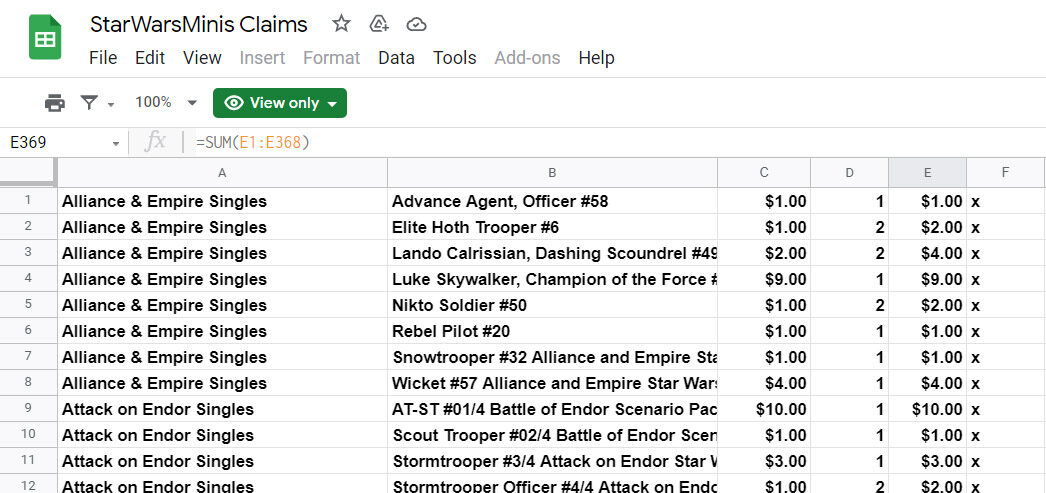
But how do you determine pricing? Value in the collectibles world is a subjective term, and prices fluctuate over time. Avid collectors keep spreadsheets of eBay sell prices over a period of months to track trends in the market. A far simpler way to start is to check marketplaces that keep a regular stock. Check the sell prices for vendors such as Cool Stuff Inc. or Troll and Toad. Price your minis at least 10% to 25% lower than the sell prices of established vendors. Remember that your buyer will be paying shipping, and you’ll have to make your price worth their while, especially because they are likely to get free shipping on large orders from vendors.
Vendors only update their pricing periodically. If you want to have a more accurate read on the current marketplace, and are willing to put in more time, eBay can help. A common newbie mistake is to check current listings. There are always unsold items with wildly inflated prices. They may be listed and relisted for months until someone is desperate or impatient enough to pay top dollar. Instead, do an advanced search for minis you wish to sell. Check the box for “Sold listings.” This will give you a 90-day snapshot of the range of prices buyers are actually paying for the pieces. Checking the box for “Completed listings” can provide an idea of what sold and what didn’t. Sometimes price is the relevant factor, and sometimes not.
Once you have your spreadsheet complete with prices, post a few pictures to garner attention as well as a link to your sell list on Star Wars Miniatures – Buy, Sell, Trade & More, and Star Wars Miniatures Facebook groups. There are thousands of users between these two groups, and both are active with buying, selling, and trading. The forums at Bloomilk.com are also still active with trades and sales.
Selling for convenience over price
If you’re selling in bulk, you’re trading convenience and speed for money. If you’re willing to put in a little bit of effort, you can go to the buy lists for Cool Stuff Inc. and Troll and Toad. You still have to do the work of knowing what you have and sorting them by individual pieces. But you have the convenience of having one buyer for your high and mid value minis (though they may not want some of your Commons and Uncommons). The general trend in collectables is for vendors to buy from you for about 50% of their intended sale price.
If you want the whole lot sold in one batch you maximize the speed, but it lowers the price. When dealing in bulk the buyer is getting the inconvenience of minis they do not want for the benefit of those they’ve been hoping for. So strategize how you sell your lot.
Take several photos of your minis. Make sure you can see the breadth of your collection, and make sure that high value minis are clearly visible. If you don’t know which are more valuable, make sure that the Rare or Very Rare figures are front and center in your photos. Named characters are often more valued than mooks. Also characters that only had one or two iterations made (such as Revan, Grand Admiral Thrawn, or Darth Talon) have a chance of being more valuable than one of the 12 different versions of Darth Vader made during the game’s line.
Here are some example do’s and don’ts for photos
Above is a simple don’t. Buyers can see that you have minis, but nothing stands out. There are a few Very Rares in the mix, but it is hard for others to really see what you have.
This might be arguably better, but it is still a don’t. The minis are organized, but not by any fashion recognizable to anyone but the person who put them in the tackle box 15 years ago. A keen eye can pick out a few Rares, but nothing makes those pieces stand out.
This photo has the rarest pieces in front. Common and Uncommon pieces behind them are grouped with duplicates. The photo is relatively clear at full resolution, and is fairly easy to browse. If you take several shots like this, showing different segments of your collection, you make it much easier for buyers.
This variation makes some trade-offs. The benefit is that the buyer sees that you’ve held on to the stat cards. Is there one for every piece? Probably not, but at least you know the pieces aren’t all orphans. The liability in this shot is that the Common pieces aren’t as crisp and aren’t quite as easy to browse. If you want to show that you have a large collection of stat cards, it may be best to take a few separate photos establishing them as part of your collection.
This variation is the best way to solicit attention to your Rares and Very Rares. It shows the buyers which of the rarest pieces still have their stat cards. The down side of this shot is it tries to do too much. There should have been another shot showing the Commons and Uncommons, and the binder of cards should have been a separate image.
Spend the time thinking about the best way to highlight different sections of your collection. The more the seller can see in your collection, the better they are able to identify the more sought after pieces that make buying bulk worthwhile. You can then solicit bids from users in Star Wars Miniatures – Buy, Sell, Trade & More, and Star Wars Miniatures Facebook groups, or post the lot on eBay. In the end, it is difficult to determine an objective price for a bulk collection. You will have to decide how much it is worth to you, and find a buyer that is willing to pay it.
This post was co-authored by Mike and John Kuzins, Lead Pastor at Hope Hill Church in Woodbridge, VA. Special thanks to Matt Sem, and Nick Ferguson for their revision suggestions.
For podcast episodes discussing Star Wars Miniatures, check out Mike’s Geek Out in Episode 35: Peace Talks, Cloak & Dagger, and Cinematic Sword Fights, and the Zombie Apocalypse Strategy of the Week in Episode 39: On Time with Ken Mondschein.
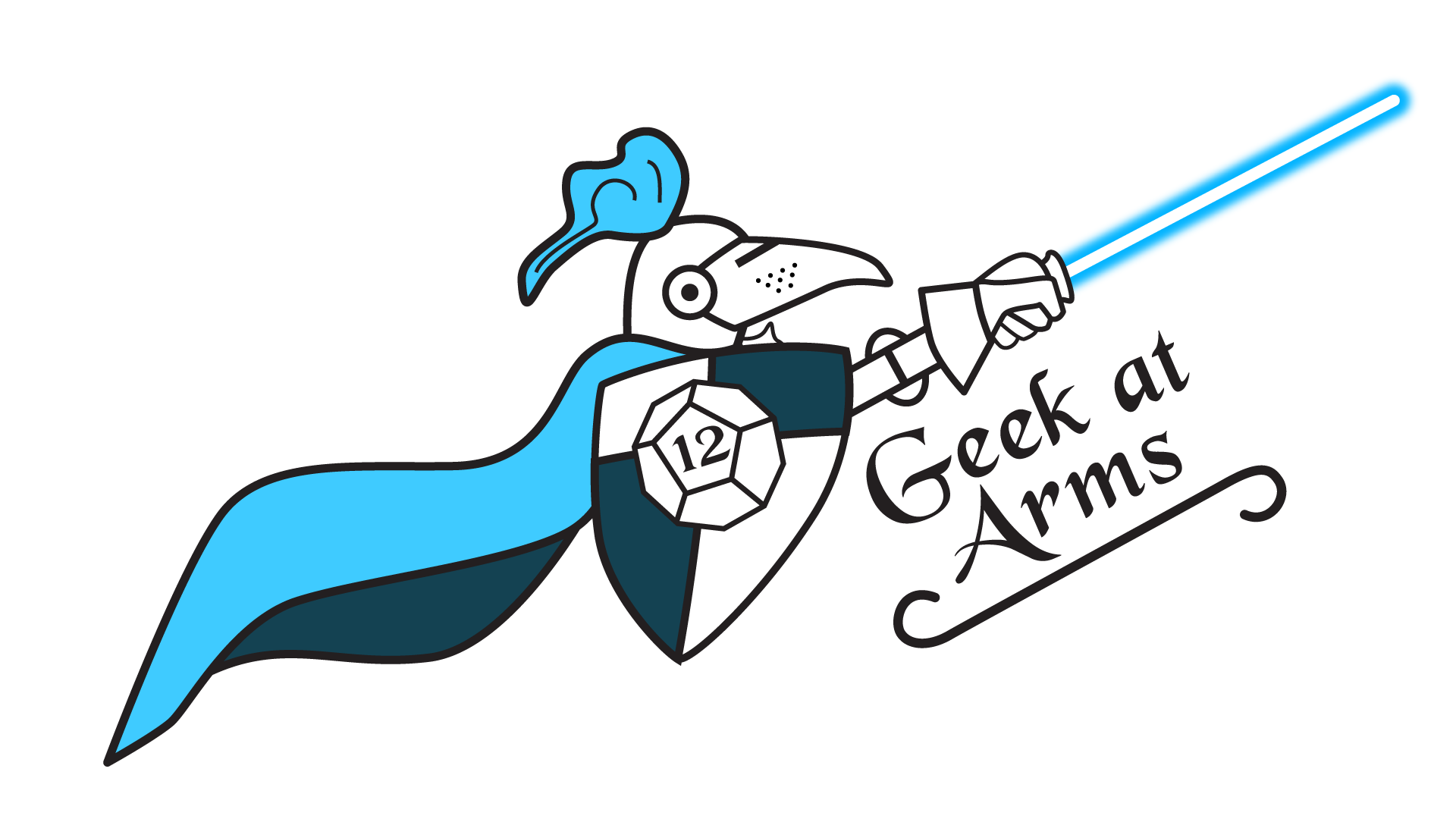

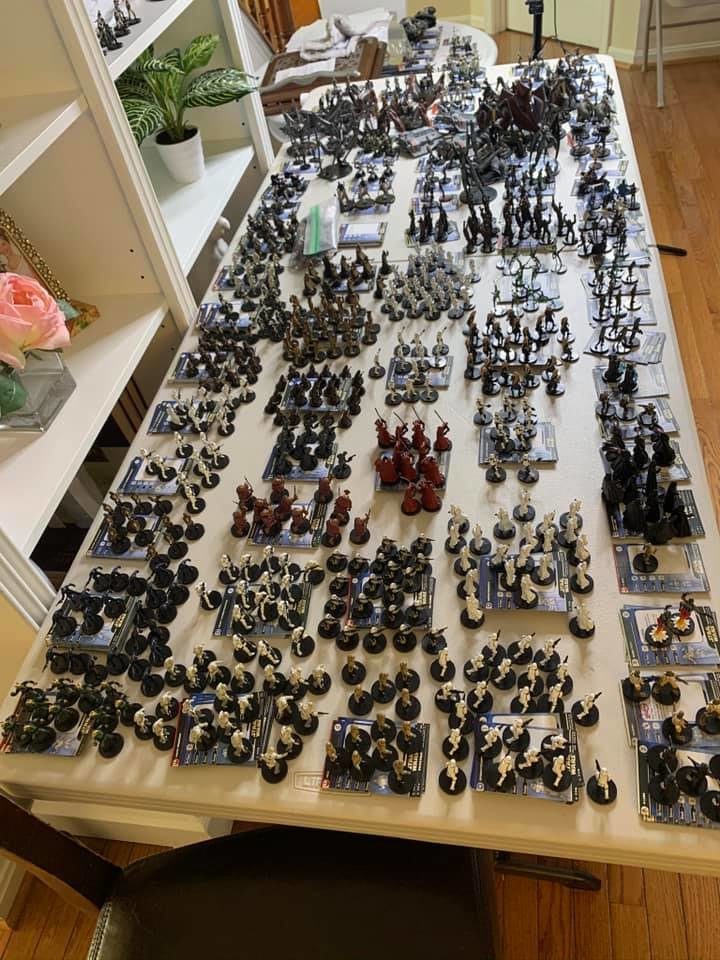
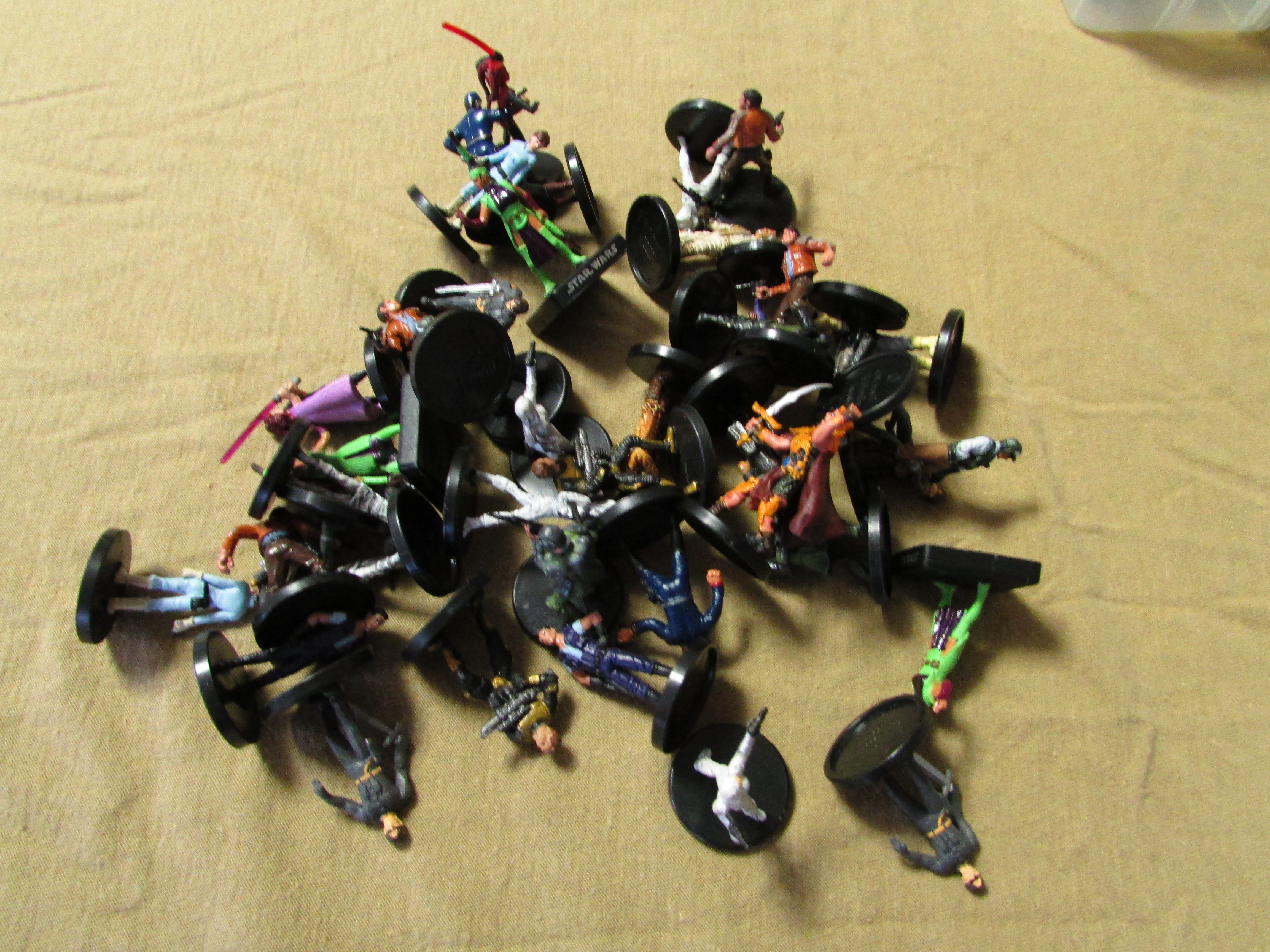
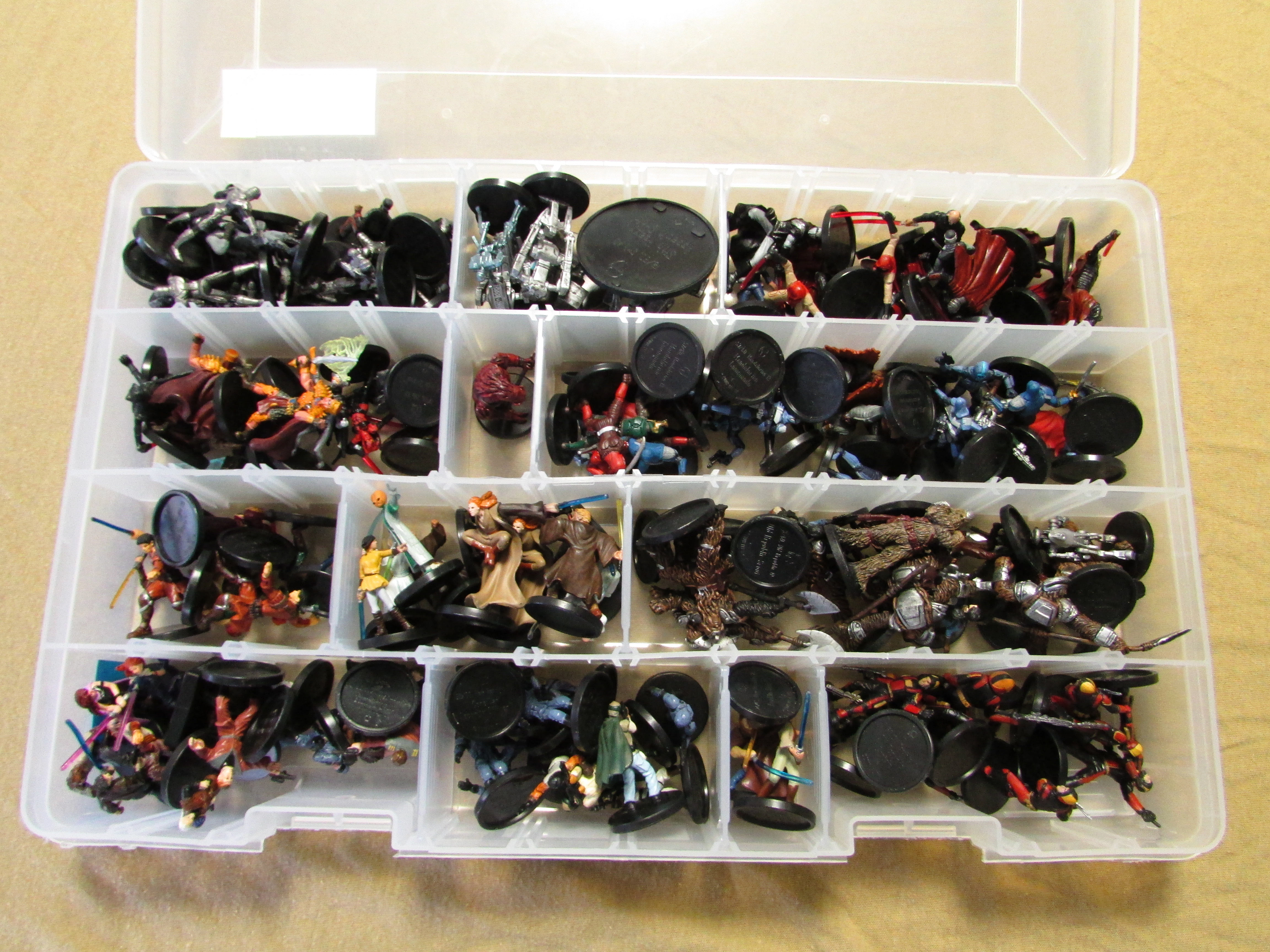
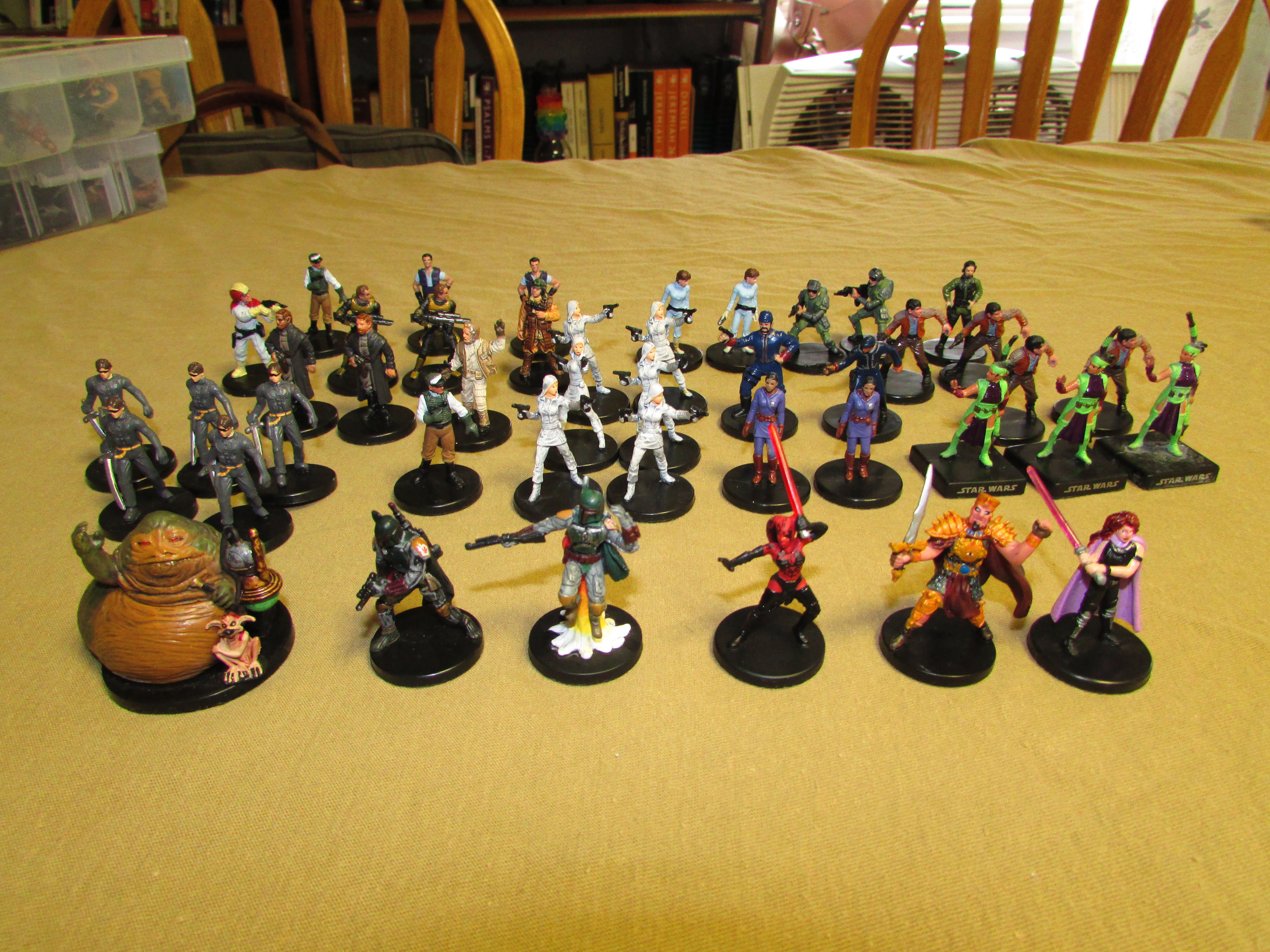
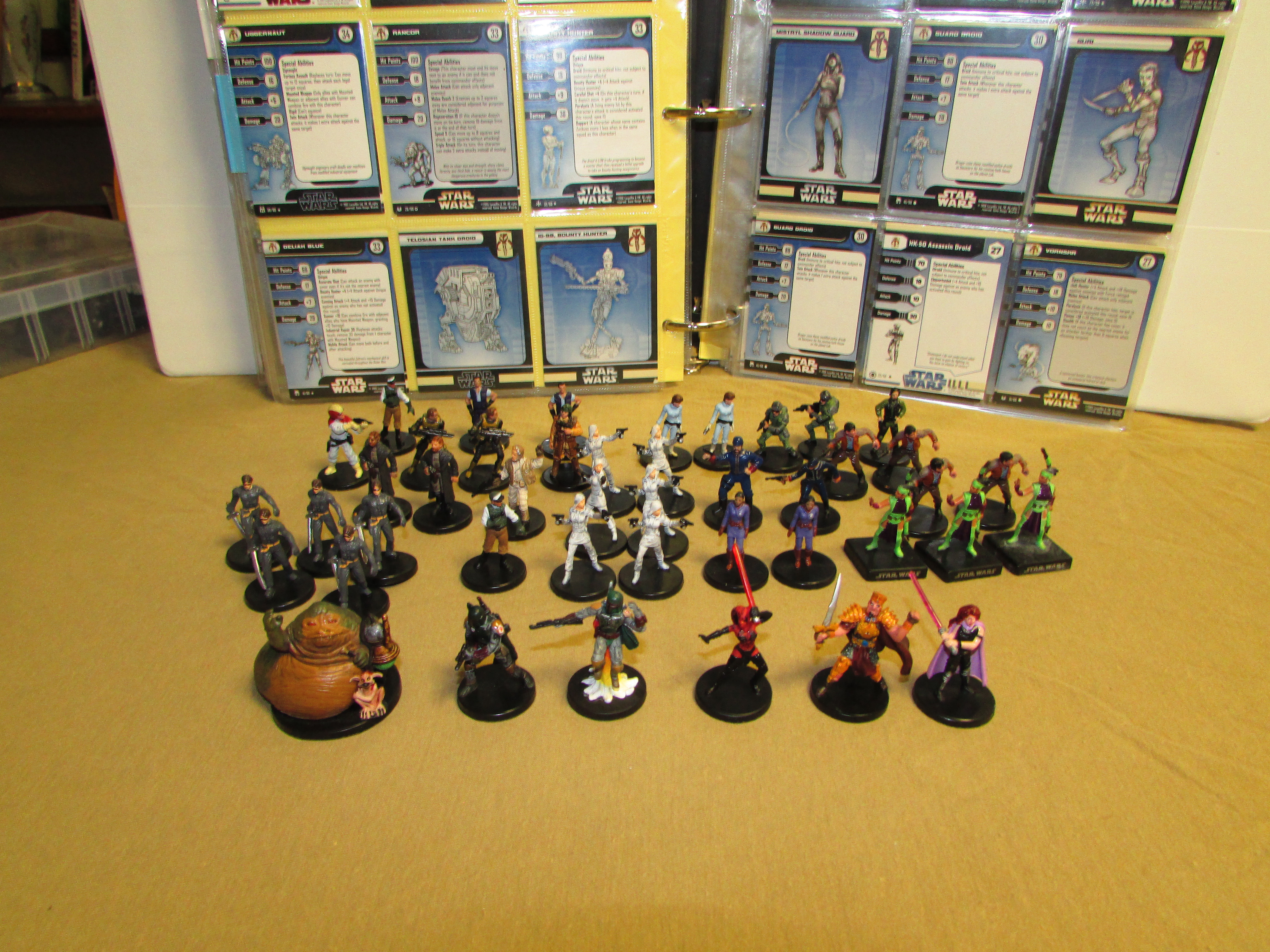
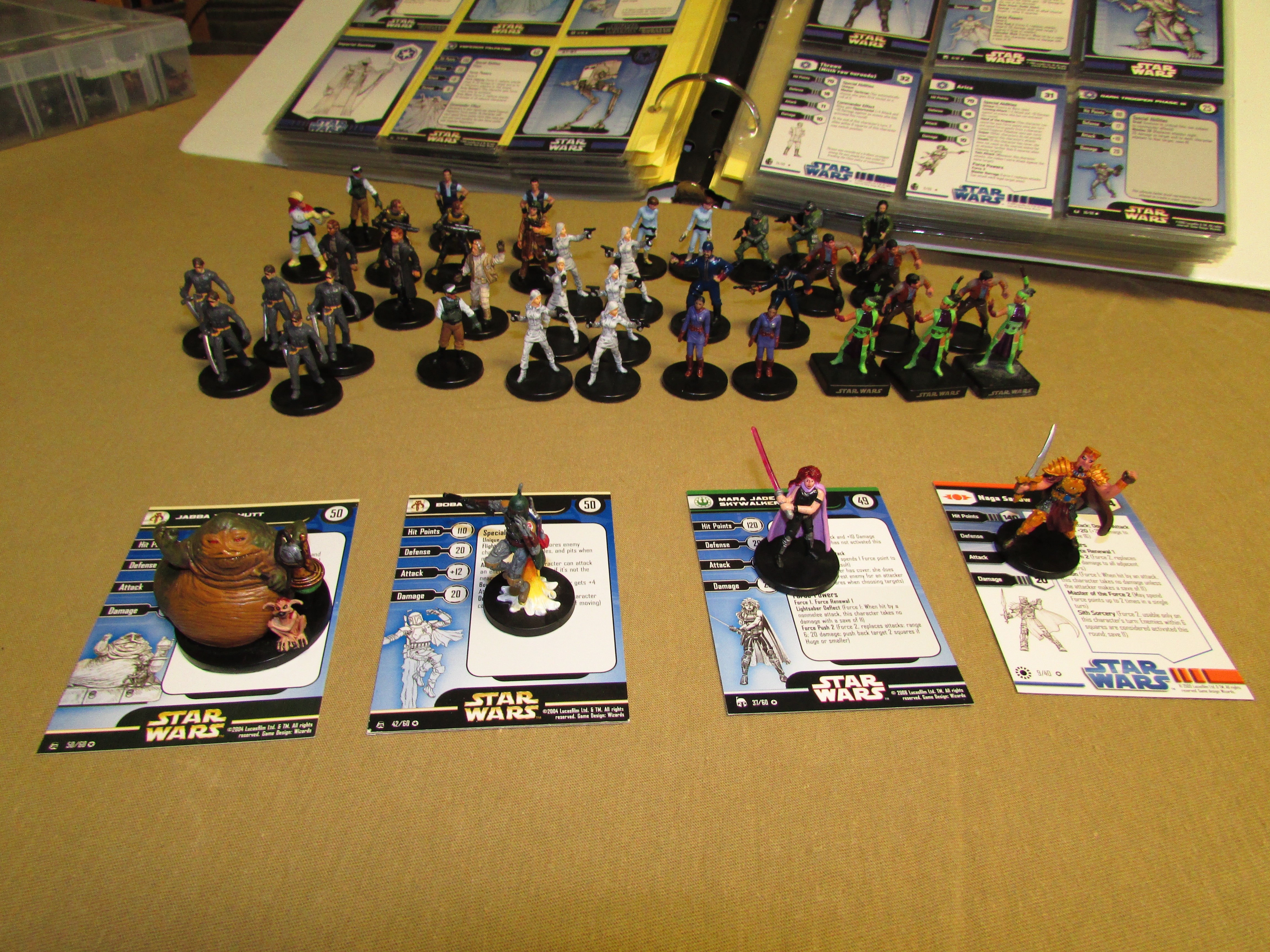
Great article thank you very much!